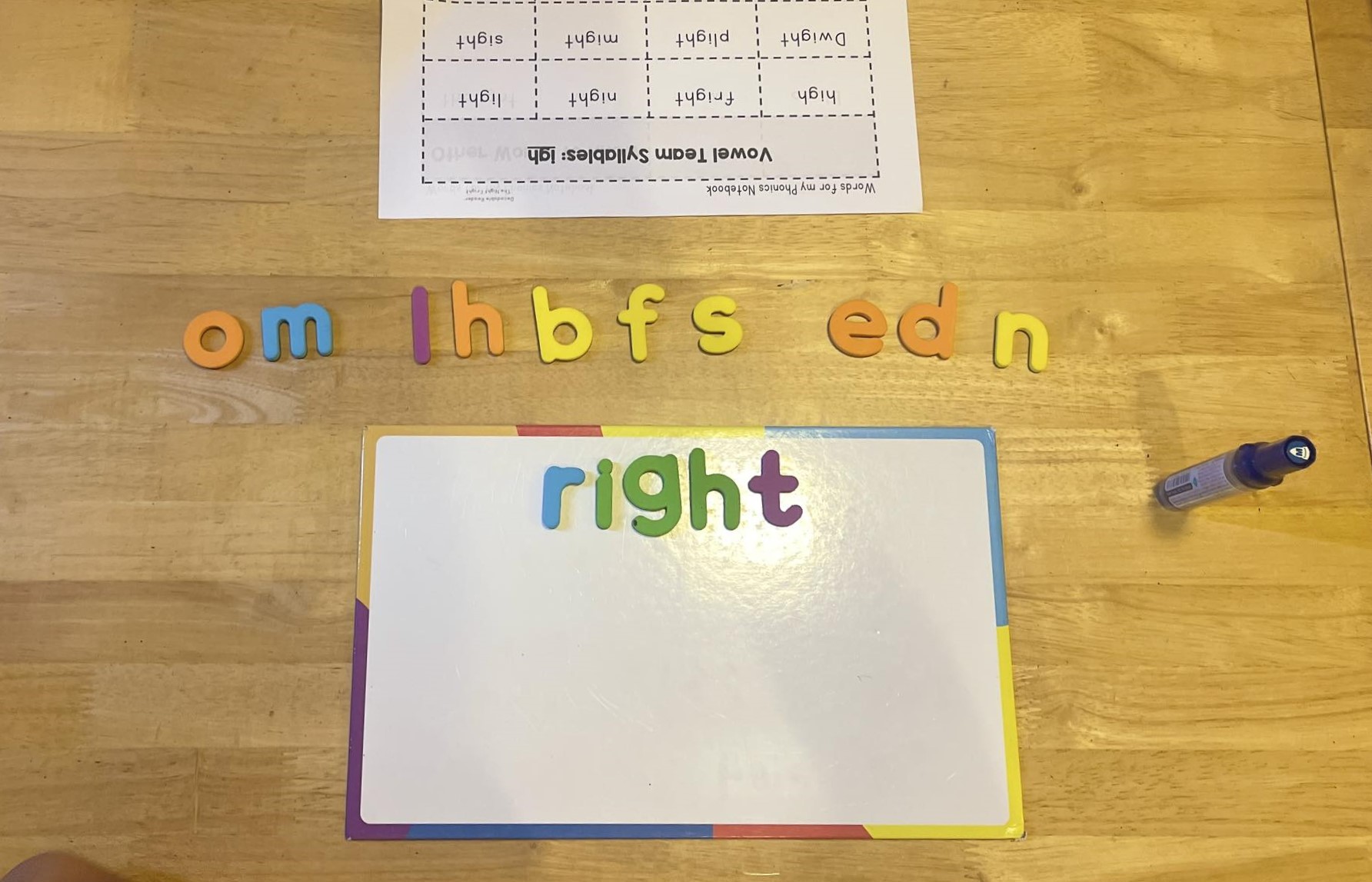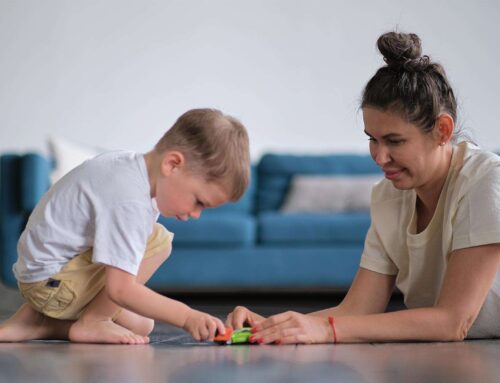Dive into the world of the “igh” sound, exploring its pronunciation, variations, and tips for mastering it.
Unveiling the “Igh” Sound
The “igh” combination typically represents the long “i” sound, as in “light,” “night,” and “fight.” This sound is distinct from the short “i” sound heard in words like “pin” and “win.” When encountering “igh,” it’s important to remember that it’s not a simple blending of the individual sounds of “i,” “g,” and “h.” Instead, these three letters come together to create a unique vowel sound.
Adventures of the “Igh” Tribe: Spelling Variations
The “igh” sound isn’t always as straightforward as it seems. The English language, known for its quirks, presents several other spellings that represent the same sound. Here’s a glimpse into the “igh” tribe’s diverse spellings:
- “Ight”: This variation, seen in words like “high,” “night,” and “sigh,” follows the same pronunciation pattern as the classic “igh.”
- “Ie”: Words like “pie,” “tie,” and “lie” utilize the “ie” combination to create the long “i” sound.
- “Y”: Don’t be fooled by the single letter! In words like “my,” “fly,” and “sky,” the lone “y” often represents the long “i” sound.
- “Eye”: Although less common, the “eye” combination, as in “eye,” “cry,” and “fly,” can also represent the long “i” sound.
Understanding these variations is crucial for developing strong phonics skills and becoming a confident reader.
Tips and Tricks for Taming the “Igh”
Mastering the “igh” sound can be a rewarding experience for young learners. Here are some tips to make the journey smoother:
- Auditory Play: Engage in activities that focus on sound recognition. Say the long “i” sound in isolation and then in words with “igh,” “ie,” “y,” and “eye” spellings.
- Visual Cues: Utilize charts and flashcards that display the different spellings of the long “i” sound. This helps create a visual association between the letters and the sound they represent.
- Blending Practice: Break down words with “igh” into smaller chunks. Practice blending the sounds together to form the whole word. For example, in “light,” blend “l” with “igh” to make “light.”
- Reading Fun: Make reading a fun and interactive experience. Choose books with plenty of words containing the “igh” sound. Encourage sounding out the words and celebrating successful decoding.
By incorporating these strategies into your teaching or learning routine, the once-mysterious “igh” sound will become a familiar friend.
Conquering the “Igh” Together
The “igh” sound, with its various spellings, can be a stepping stone towards stronger phonics skills and confident reading. Through exploration, practice, and a touch of fun, this unique sound can be mastered, unlocking a wider world of words and stories.





Leave A Comment